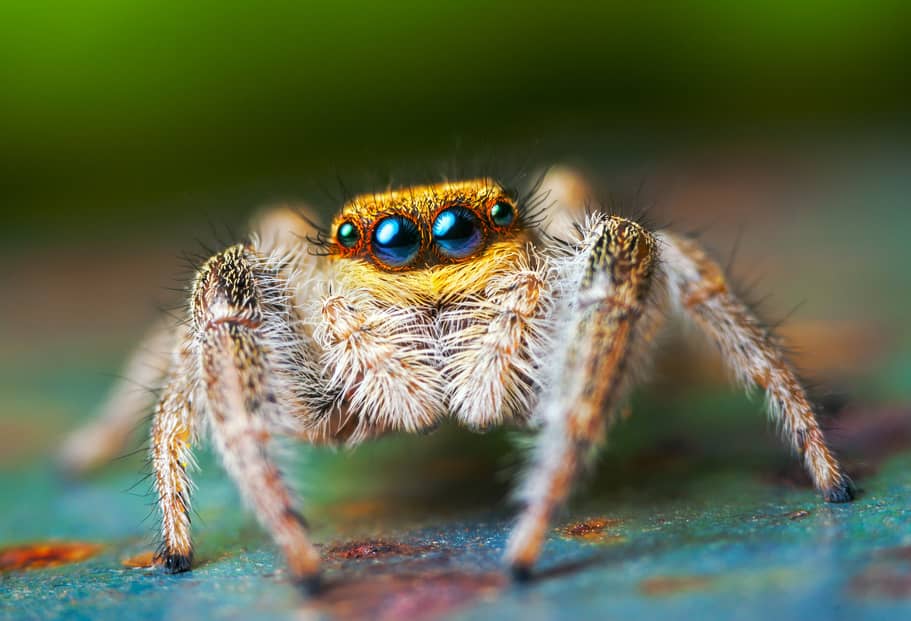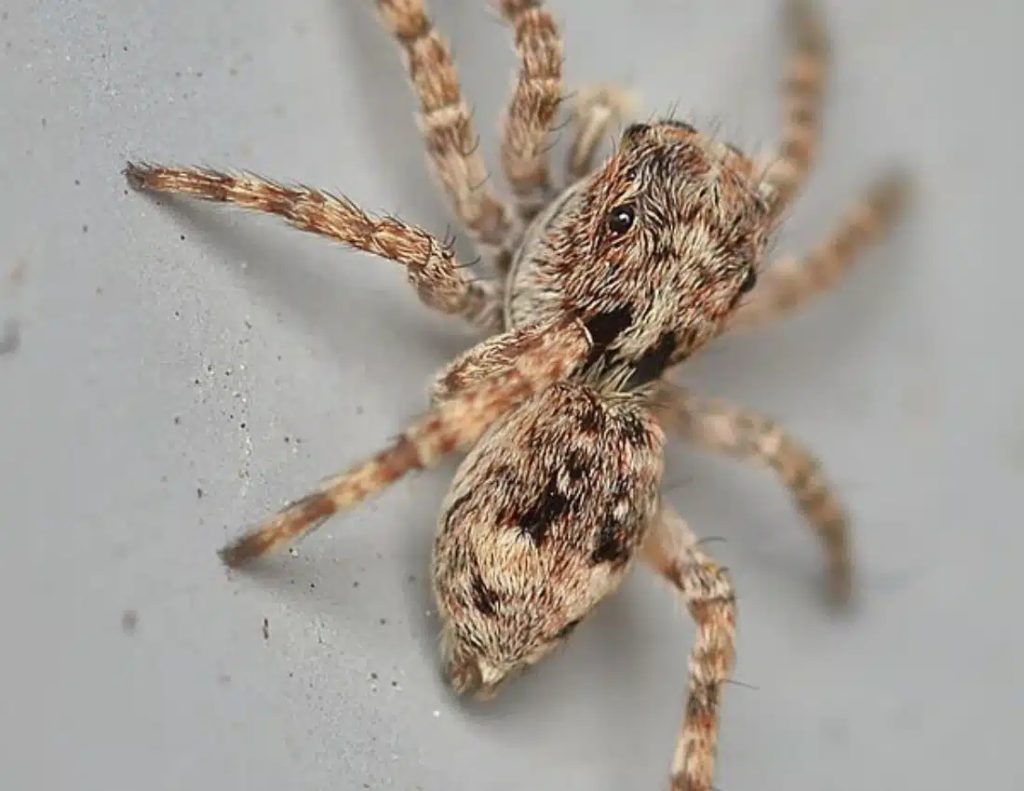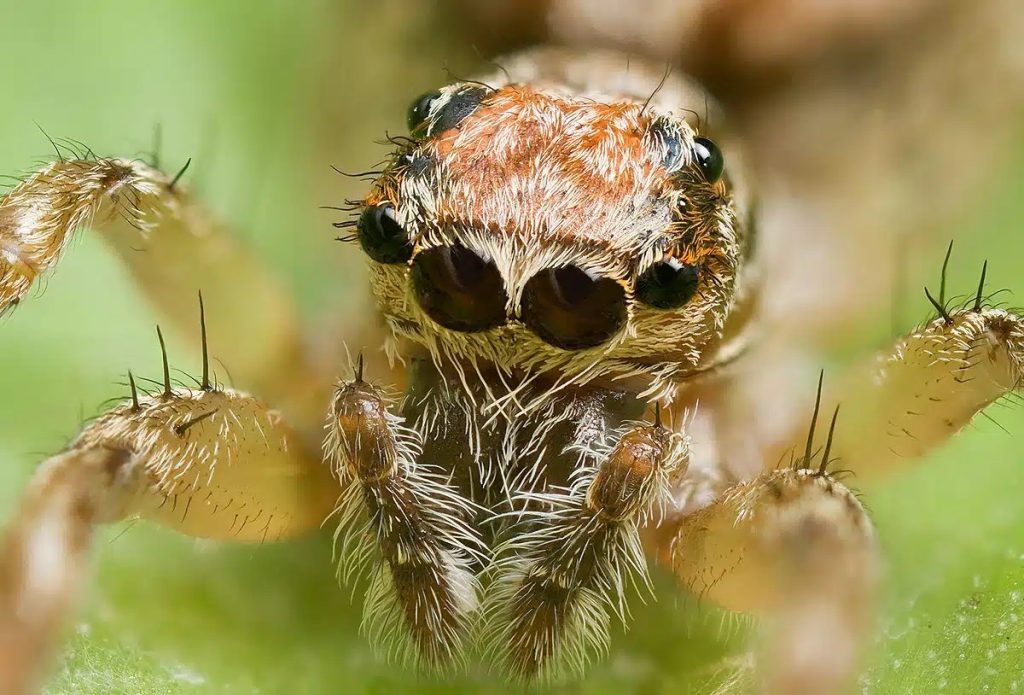
How Long Do Jumping Spiders Live?
The average lifespan of a jumping spider is between six months to two years in the wild. However, in captivity, jumping spiders can live up to three years. It’s worth noting that males usually have shorter lifespans compared to females.
How long do jumping spiders live?
6 months to 3 years depending on species and sex. Males usually don’t live as long as females. The oldest recorded spider was a female bold jumping spider (Phidippus audax ) who lived 3 years.
Jumping Spider
The Jumping Spider, (Sitticus palustris), is a diurnal animal with excellent eyesight, that pursues its prey and leaps upon it. It has an all-round view of its surroundings because of its large, central, front eyes. It is about the size of a 20c piece when fully grown, with pin size legs. There are many different species but all jump and turn their heads separately from their bodies to look at objects. They live in houses and gardens and are most common in Summer, Australia wide. It is a roving spider but hangs from web lines at night. It rarely bites people and causes only mild local pain.
Australia has about 250 species of Jumping spiders. Tufts of hair behind their claws give the Jumping spider non-skid footing. A Jumping spider may high jump 20cm or more and can leap 25 times its own body length. Its trailing silken safety line keeps it stable in flight as well as catching it if it falls.
What Do Jumping Spiders Eat?
Jumping spiders are carnivores and primarily feed on insects. Some common prey items include flies, moths, crickets, roaches, mealworms, wax worms, and small dubia roaches. They are agile hunters and rely on their excellent eyesight and jumping ability to catch their prey. While they mainly consume insects, there have been instances where jumping spiders have been observed consuming nectar from flowers as well.

Identifying Jumping Spiders
Identifying jumping spiders can be challenging due to their small size and the vast number of species. However, there are a few key features to look out for:
Size: Most jumping spiders are small, ranging from a few millimeters to around 1 cm in size.
Eyes: Jumping spiders have excellent vision and typically have two large, forward-facing eyes that give them a distinctive appearance.
Coloration and Patterns: Many jumping spiders have unique coloration and patterns on their bodies, which can help with identification.
Habitat: Different species of jumping spiders prefer different habitats, such as grasslands, forests, or urban areas.
Do Jumping Spiders Bite? Are Jumping Spiders Poisonous?
The short answer is yes, they can.
Jumping spiders are generally known for their non-aggressive nature and are unlikely to bite humans unless they feel threatened or provoked. If a jumping spider does bite, it is usually in self-defense. However, it’s important to note that their bites are not considered poisonous.

If you do get bitten by a jumping spider and experience any concerning symptoms or an allergic reaction, it is advisable to seek medical attention. However, in most cases, simply cleaning the bite area with soap and water and applying a cold compress should suffice for relief.
The life and lifespan of jumping spiders
Jumping spiders follow the same general blueprint for the life cycle that all spiders do (Guseinov et al., 2004). Spiders never give birth to live young. Instead, spiders hatch from eggs. As soon as they hatch, the hatchlings resemble the adults… well, miniature adults. Female spiders usually lay a clutch of eggs altogether. Jumping spiders wrap the eggs together in silk, forming an egg sac. The female spider watches over the egg sac, defending it from predators. Young hatchlings are known as spiderlings.
When humans grow, our skeletons grow with us. Spiders’ skeletons are on the outside, and cannot grow as the spiderlings grow. Spiders have to periodically shed their skeletons when they get too small—like changing a small, old t-shirt for a bigger one. This process is known as molting. Molting occurs throughout adulthood too, but that’s because of wear and tear.
In the animal kingdom, larger species tend to live longer than smaller ones. The same is true for spiders! Tarantulas have some of the longest lifespans of all arachnids. This is not a hard-and-fast rule. The oldest spider in the world died at 43 years old (Selk, 2021), but it was hardly larger than an inch long!
Jumping spiders are on the smaller end of the spider spectrum. In the wild, they usually live between twelve and eighteen months. They rarely die of old age. Most jumping spiders will die of disease or because of a predator long before they get old. In captivity, spiders can live much longer. They are better fed and better protected than wild animals. One lucky jumping spider lived until it was three years old!
